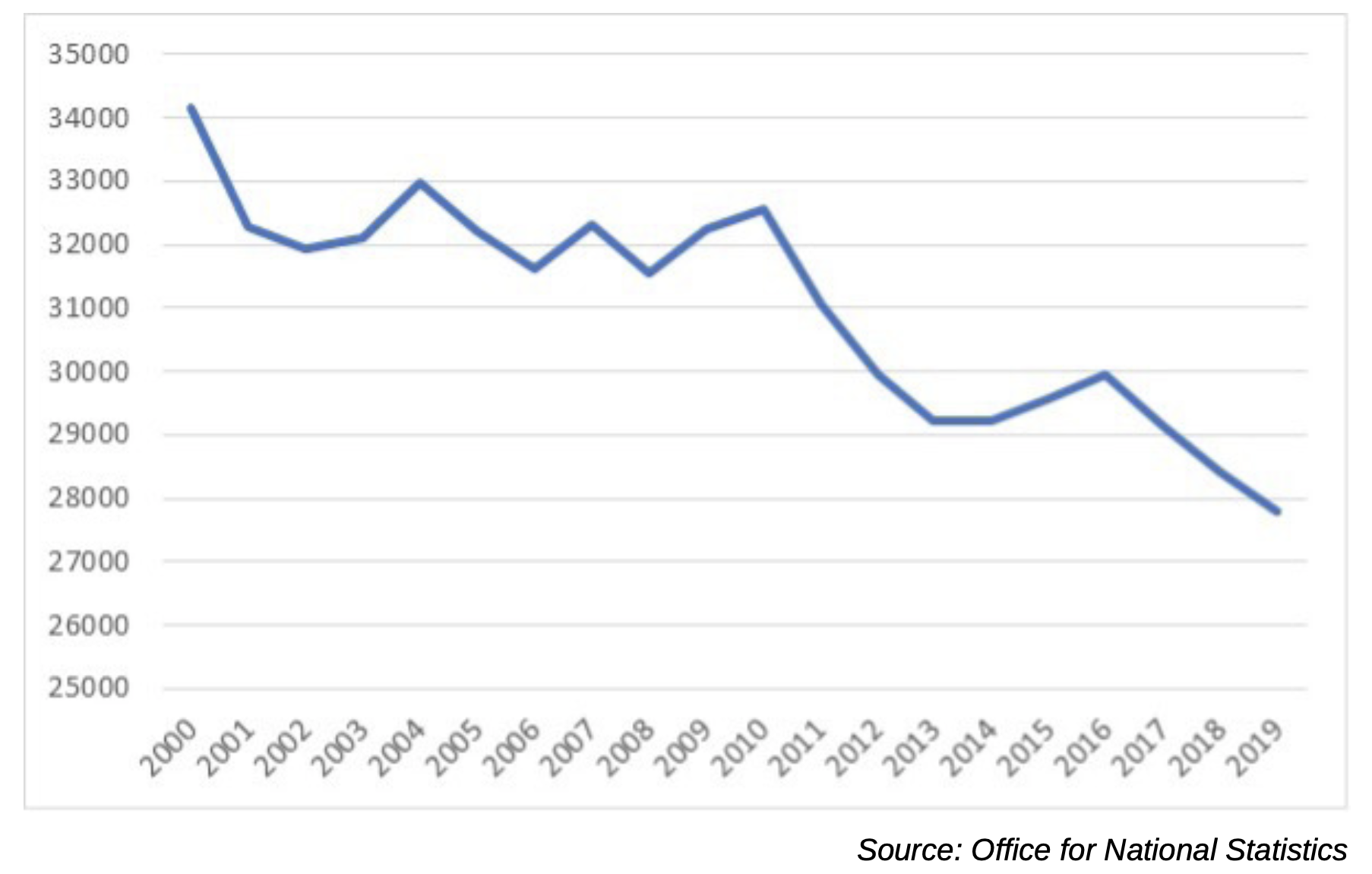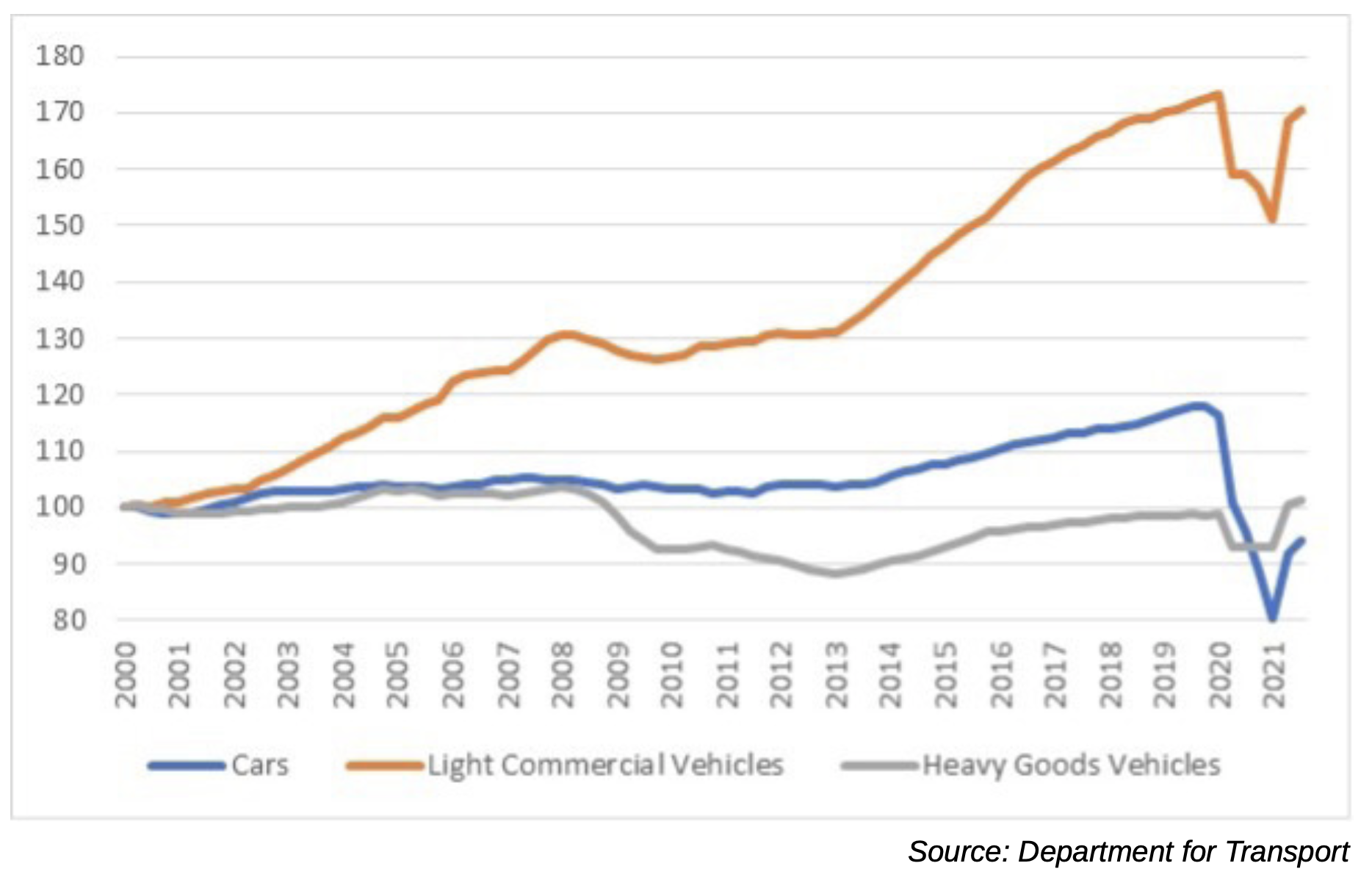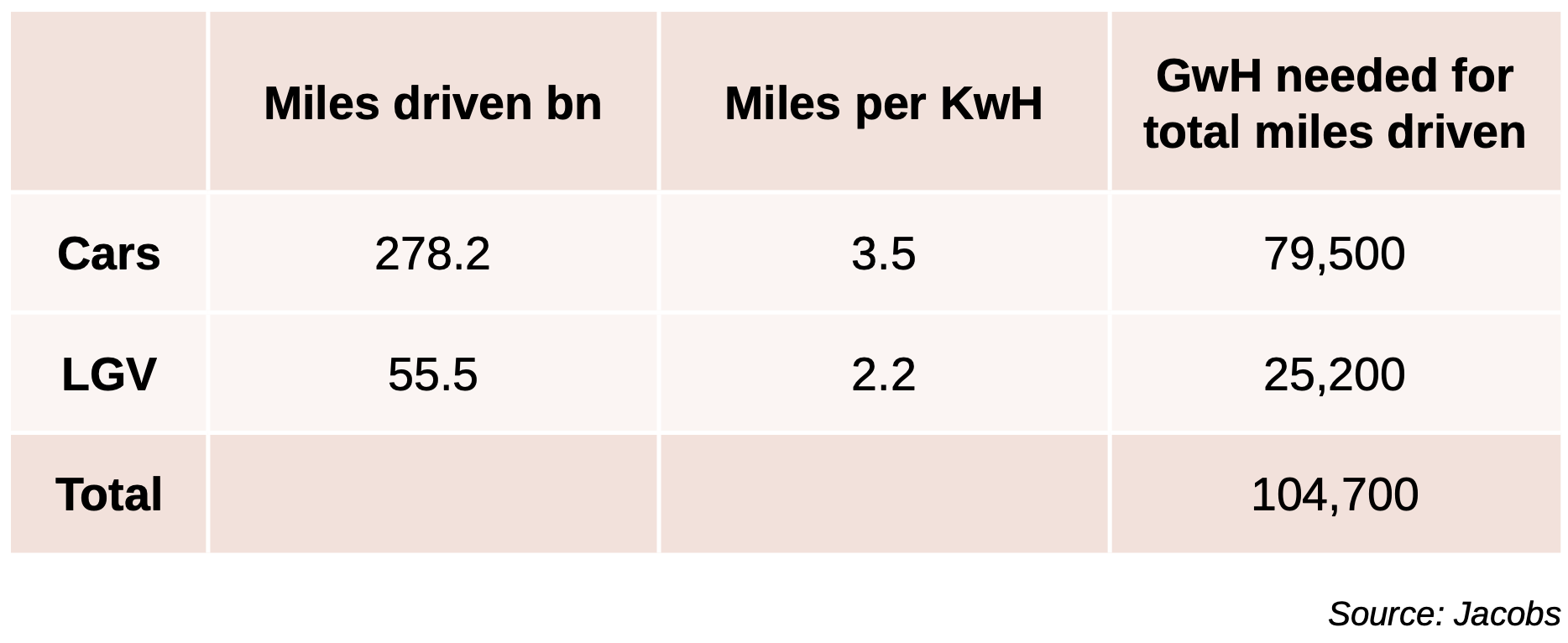TAPAS.network | 11 February 2022 | Commentary | John Siraut
Road User Charging – does the switch to electric mean its time has now come?

Last year was amongst transport professionals to give evidence to the Transport Select Committee’s Inquiry into Road Pricing. The Committee’s report, just published, comes out strongly in favour of the need to consider a range of options to replace fuel and vehicle excise duties, including charging motorists according to distance driven, vehicle type and the level of congestion. Here John Siraut explores the underlying public policy issues posed by the increasing switch to electric vehicles.
THE TRANSPORT SELECT COMMITTEE’S INQUIRY into Road Pricing raises the prospect of a range of options to replace fuel and vehicle excise duties, including a sophisticated technology-enabled form of road pricing that would charge motorists according to distance driven, their vehicle type and the level of congestion at the time and place.
But it also raises some very challenging public policy issues surrounding the continuing switch to electric vehicles – and the Government’s encouragement of it.
It is notable that the Committee highlight the need for the Government to make it clear to owners of electric vehicles, that in the future, they will be required to pay for road usage to the same extent as owners of internal combustion engine vehicles do now.
The move to electric vehicles is seen by some to be a panacea to a whole range of transport problems but it leads to three major issues. The first, that the Committee emphasise in their report, is a loss of tax revenue.
The impact of both the freeze in fuel duty rates and the growth in electric vehicles is illustrated in figure 1 (below), which shows revenue for fuel duty in real terms declining by around a sixth since the turn of the century.

To replace that level of revenue the basic rate of income tax would need to increase by around 5p in the pound, ie the basic rate would need to increase from 20% to 25%, something that it could be politically difficult to do. Road pricing replaces an existing motoring tax that is rapidly diminishing in terms of revenue it brings in and ensures motorists continue to pay a fair contribution towards the upkeep of the road network.
“study for the Department for Transport reported a range which would imply that a 50% reduction in fuel prices, resulting from a switch from petrol/diesel to electric cars could lead to an increase in miles driven of 5-25%, exacerbating congestion and air quality problems.
The second issue these changes raise is the level of vehicle use and thus congestion. With no fuel duty, the cost of operating an electric vehicle is considerably lower than a conventionally powered one. According to EDF the comparative fuel costs of running an electric car are around 4p per mile compared to 9p per mile for a petrol car. There is considerable divergence in the evidence on scale of fuel price elasticities. (That is, the degree that a change in the price of fuel leads to a change in demand.) A study for the Department for Transport reported a range which would imply that a 50% reduction in fuel prices, resulting from a switch from petrol/diesel to electric cars could lead to an increase in miles driven of 5-25%, exacerbating congestion and air quality problems. The latter relates to increased tyre and brake dust.
Only a few years ago commentators were talking about peak car. However, as figure 2 (below) shows, after virtually no growth in car use in the first decade of this millennium, usage has steadily ticked up so that pre-pandemic it was 20% higher than in 2000, while growth in the use of “white vans” has been enormous, up by over 70%.

Electric vehicles may therefore exacerbate the economic and environmental costs of congestion.
The third implication of the move to electric vehicles is on the question of energy supply and sustainability. On the face of it, going electric addresses the climate change issue. However, as all sectors of the economy are moving towards decarbonisation there is a significant increase in demand for electricity, which is the third problem.
In 2019, cars and taxis drove 278.2bn and light goods vehicles 55.5bn miles. In normal driving conditions it is estimated 1kwH of electricity provides enough charge to drive 3.5 miles for cars and 2.2 miles for LGVs. As shown in figure 3 (below), this requires 104,700 GwH of generating power per year, this is the equivalent to the output of an additional four Hinkley Point C nuclear power stations or six Dogger Bank Wind Farms.

Hence, without a move to road pricing there is a risk that congestion will increase, general taxation will need to rise, and the drive to decarbonise the whole economy will be delayed.
The Select Committee has usefully tackled these important and critical matters in its very timely report. They are set to be at the centre of transport policy for years to come.
John Siraut is director of economics at Jacobs.
This article was first published in LTT magazine, LTT839, 11 February 2022.
You are currently viewing this page as TAPAS Taster user.
To read and make comments on this article you need to register for free as TAPAS Select user and log in.

Log in